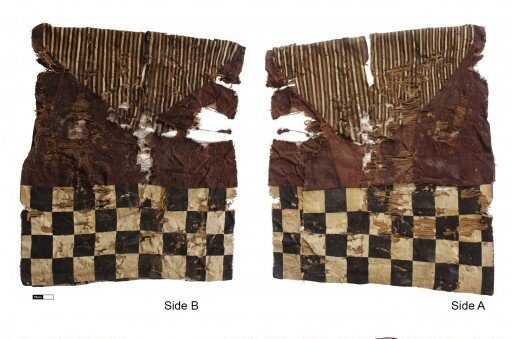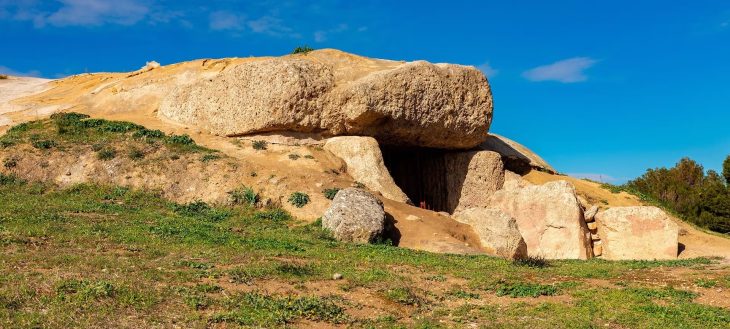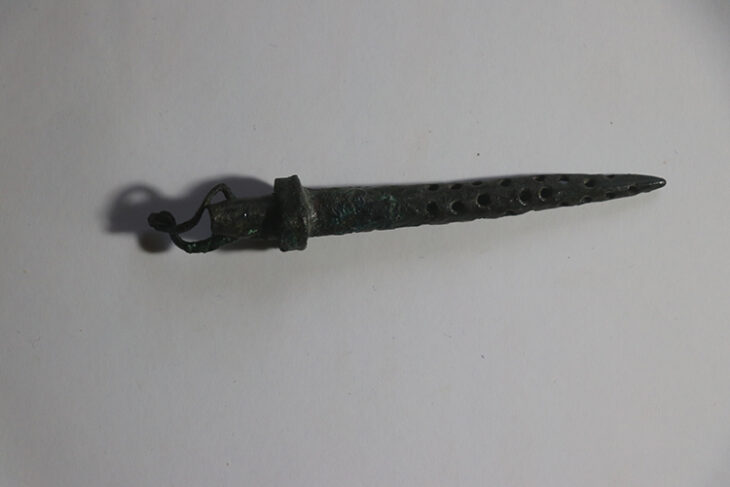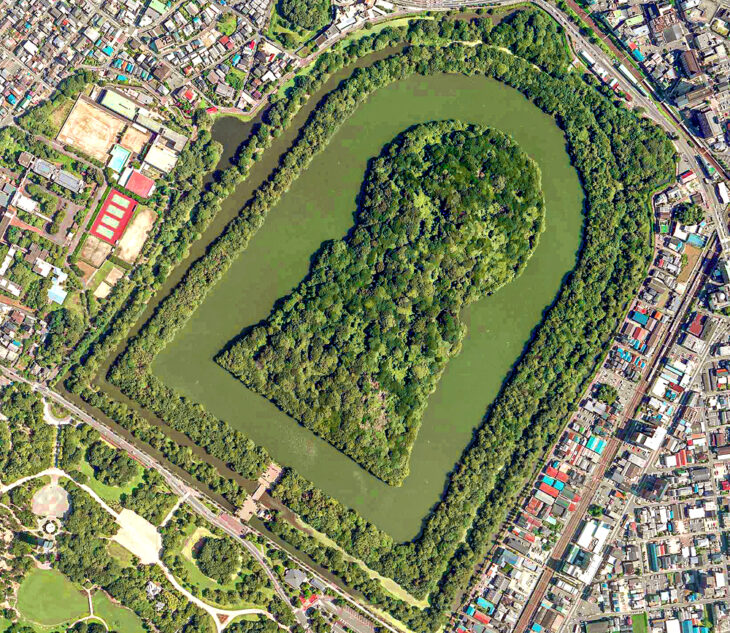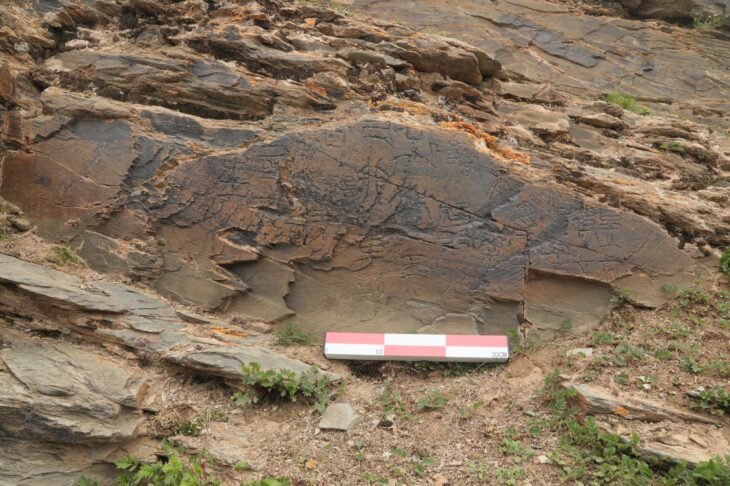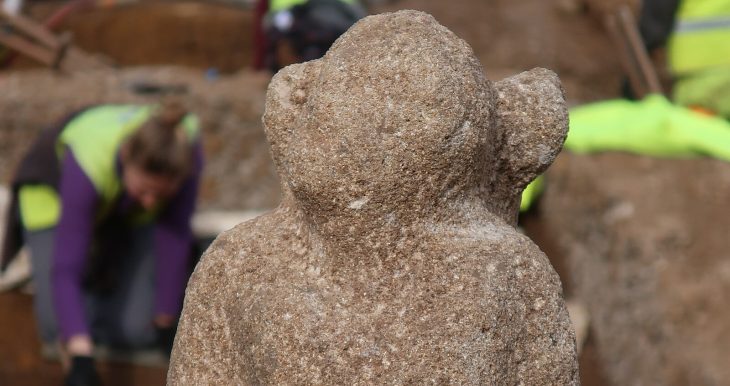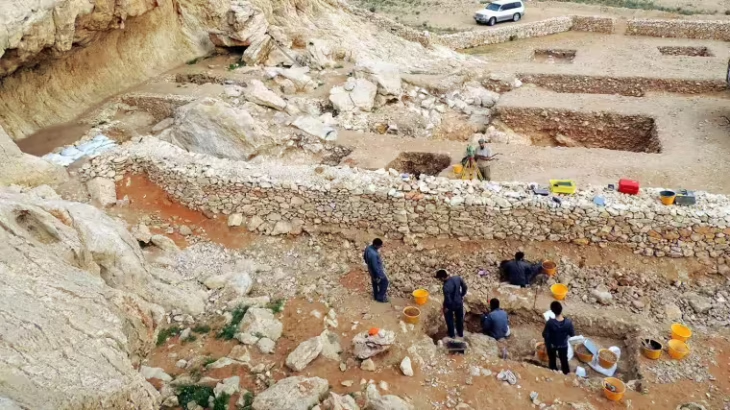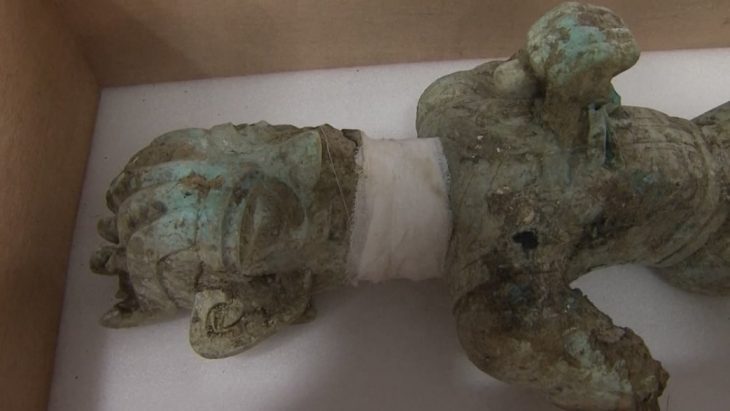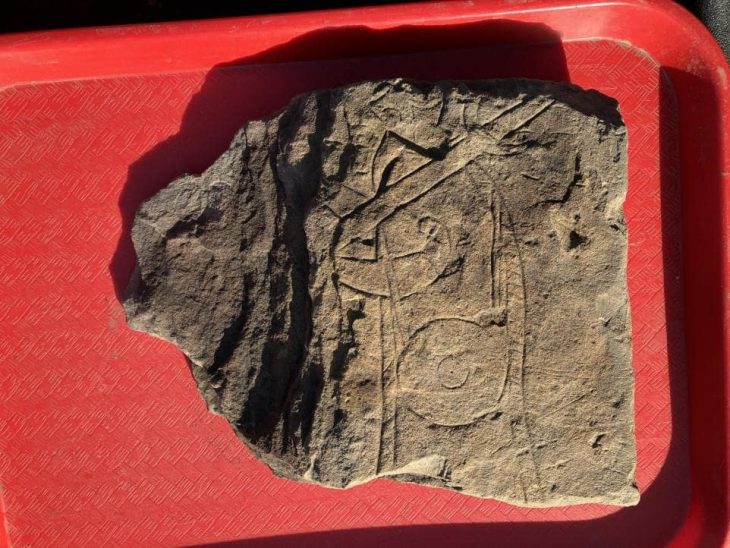A recently published study, co-authored by a research professor at George Washington University, looks at the Inka Empire’s (also known as the Incan Empire and the Inca Empire) cultural and political apparatuses through the lens of a well-preserved clothing artifact found in a long-ago Chilean cemetery.
Researchers excavating the burial site along Caleta Vítor Bay in northern Chile found a tunic, or unku, which would have been worn by a man who commanded respect and prestige in the Inka Empire.
Unkus were largely standardized attire meeting technical and stylistic specifications imposed by imperial authorities.
The Caleta Vítor unku, however, goes beyond the strict mandates handed down by Inka leaders. While the artisans who fashioned this unku clearly adhered to imperial design standards, they also included subtle cultural tributes unique to their provincial homeland.
Whoever wove the Caleta Vítor unku lived hundreds of miles south of the Inka capital of Cusco in an area absorbed into the Inka Empire in the late 15th century. The weaver employed the techniques and unique style and imagery of an indigenous culture that existed long before the Inka conquest, creating a tangible symbol of provincial life in pre-colonial South America.
📣 Our WhatsApp channel is now LIVE! Stay up-to-date with the latest news and updates, just click here to follow us on WhatsApp and never miss a thing!!
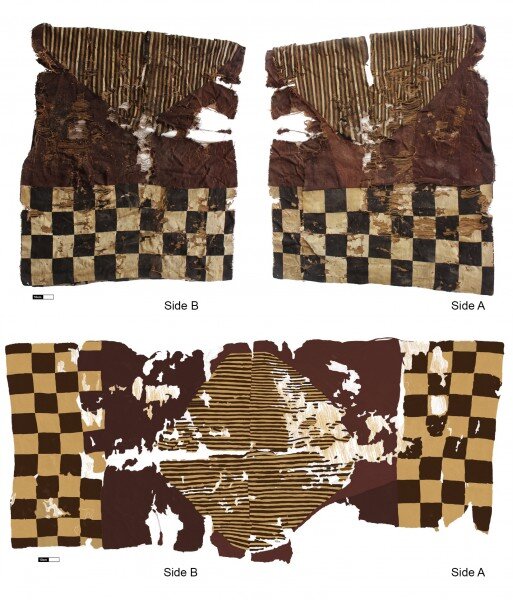
“It represents a study of a rare example of an excavated Inka unku tunic, whose context and technical features are providing an unprecedented understanding of imperial Inka influence in the provinces,” Jeffrey Splitstoser, an assistant research professor of anthropology at GW and a co-author of the study, said.
The study was published in the journal PLoS ONE.

